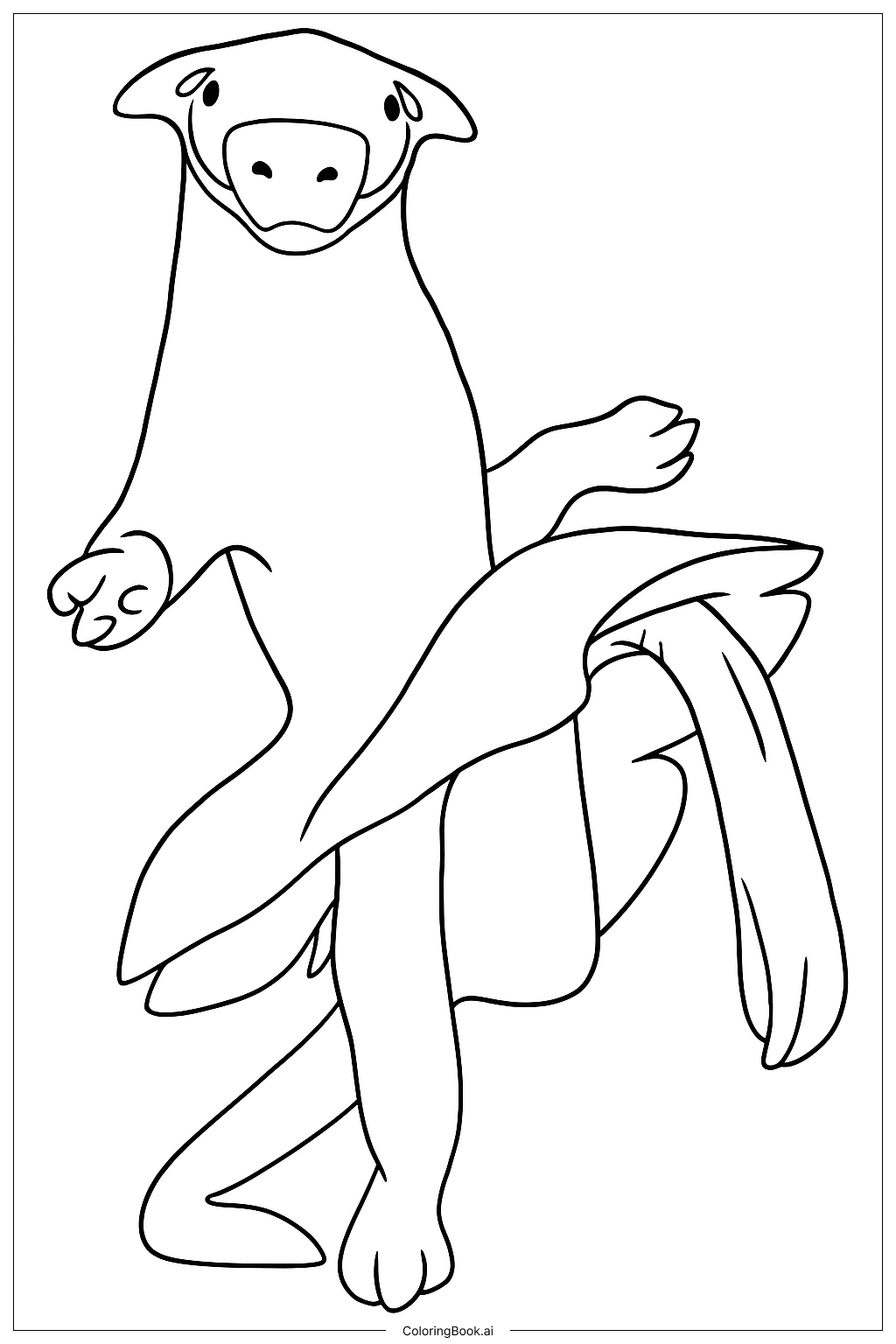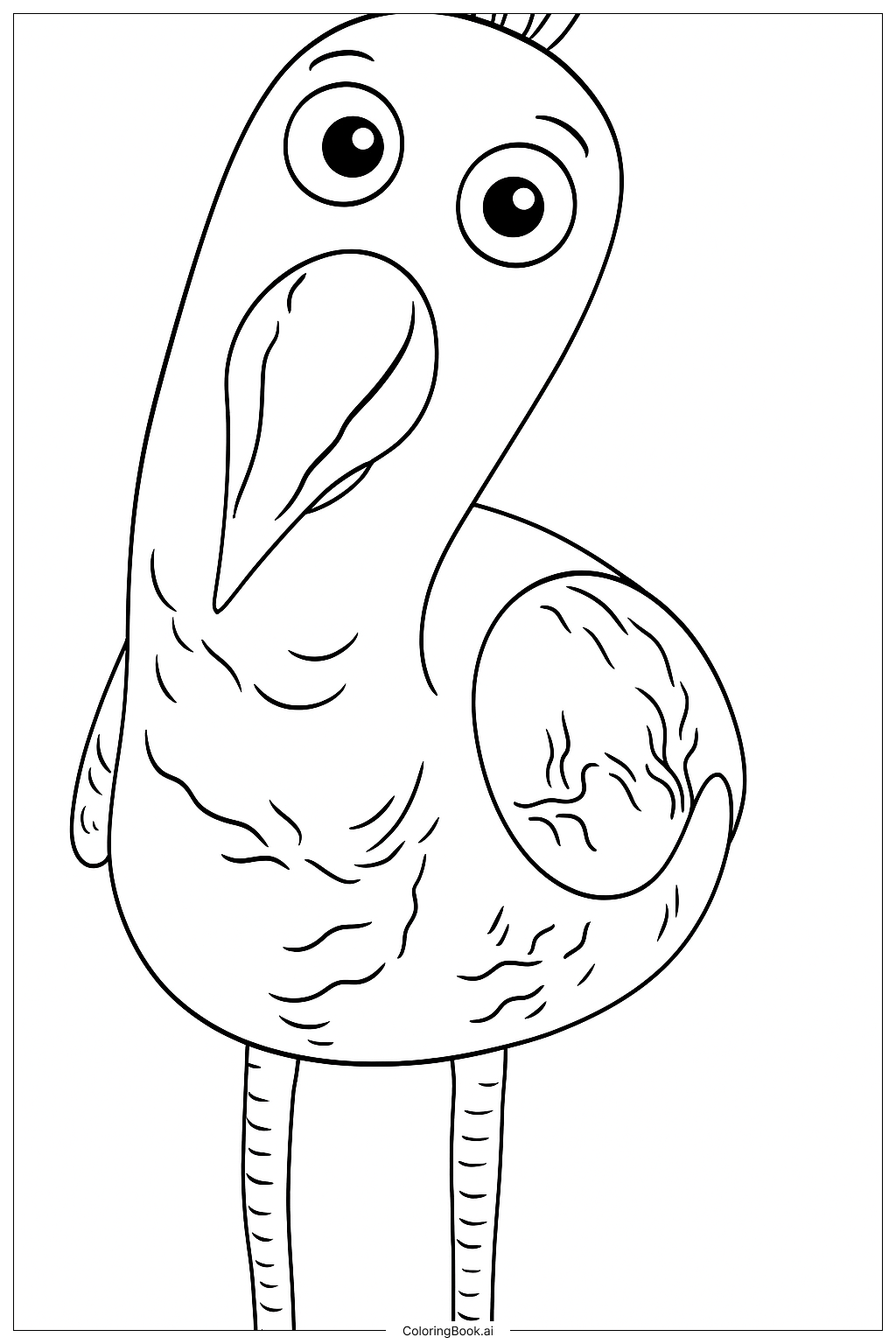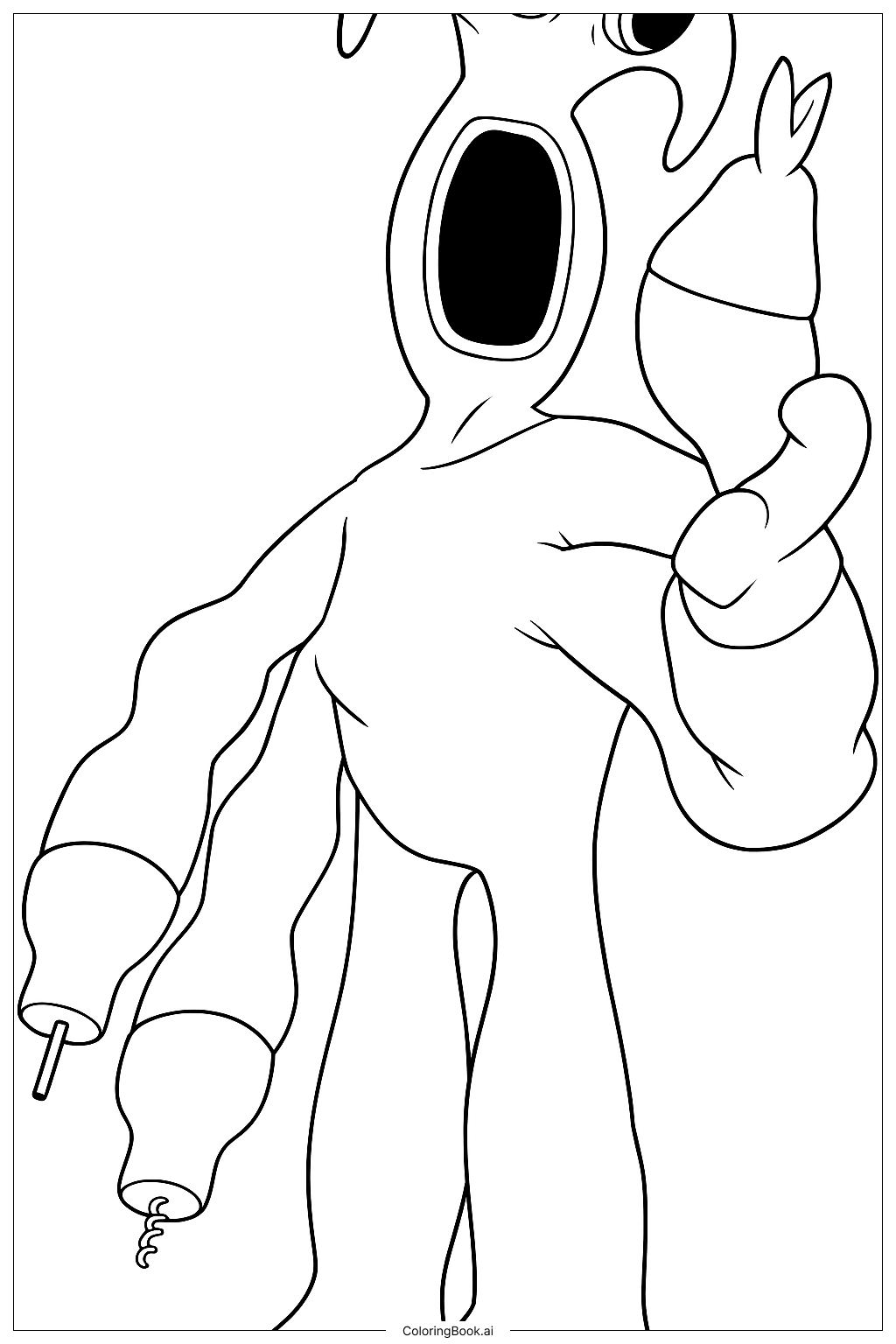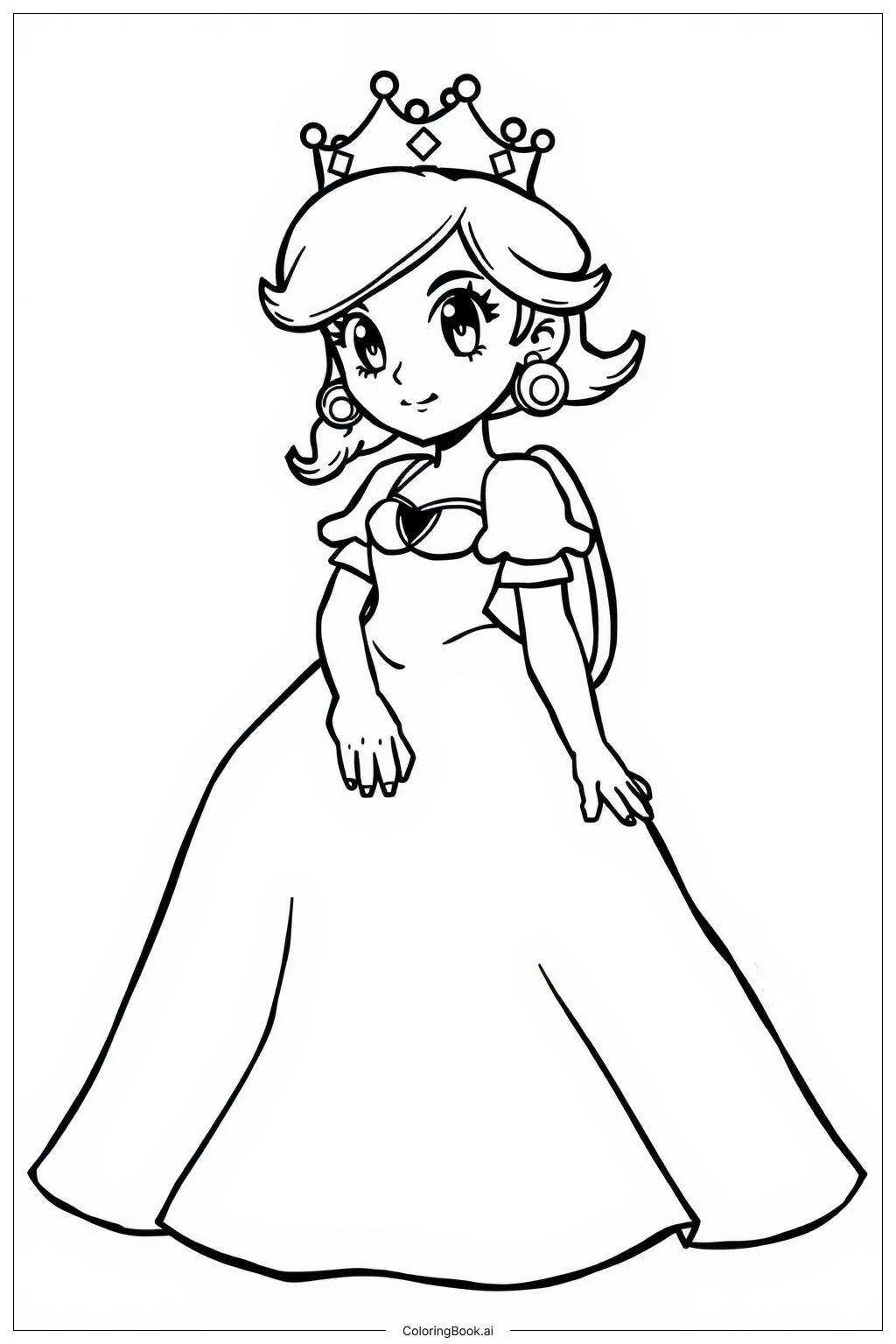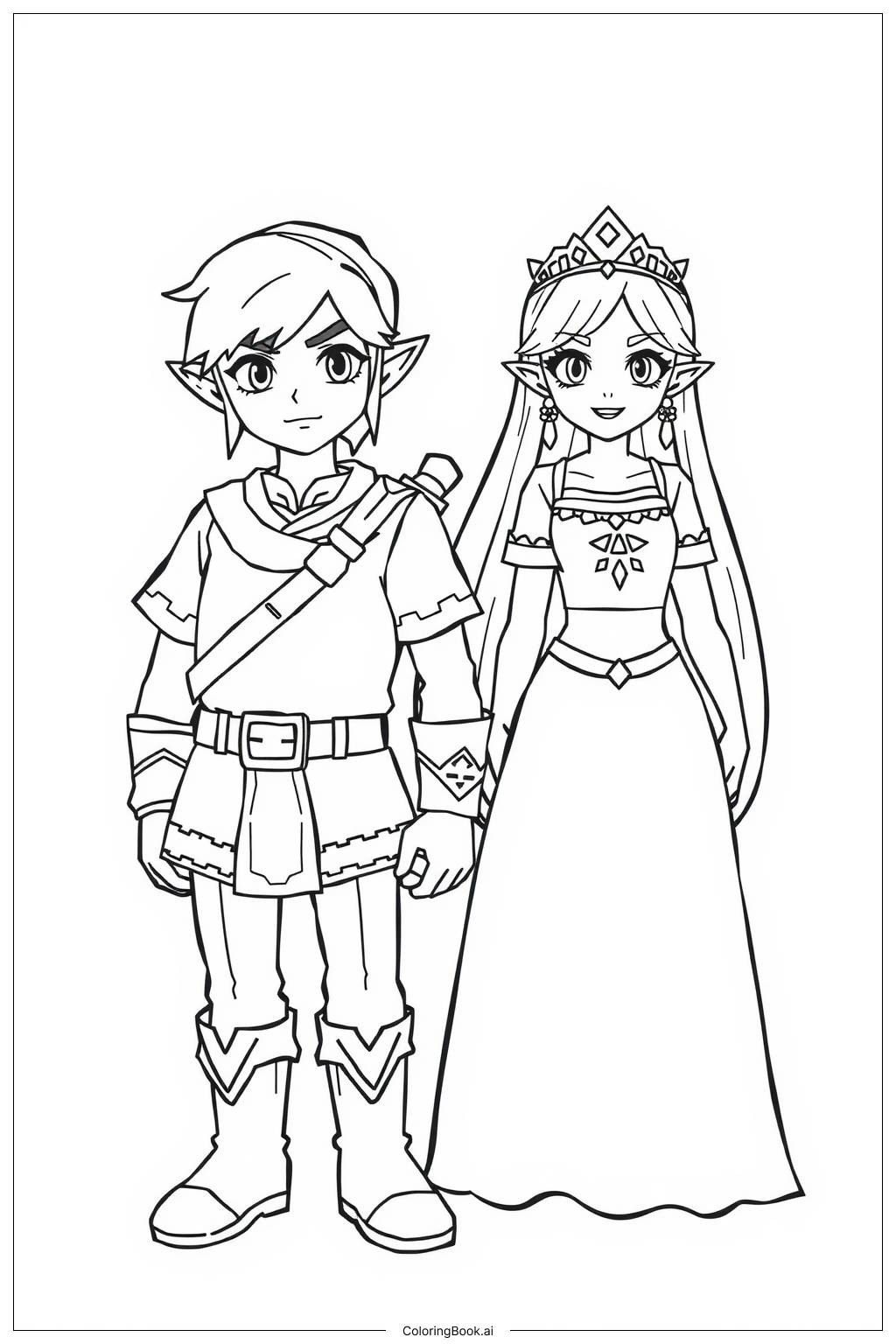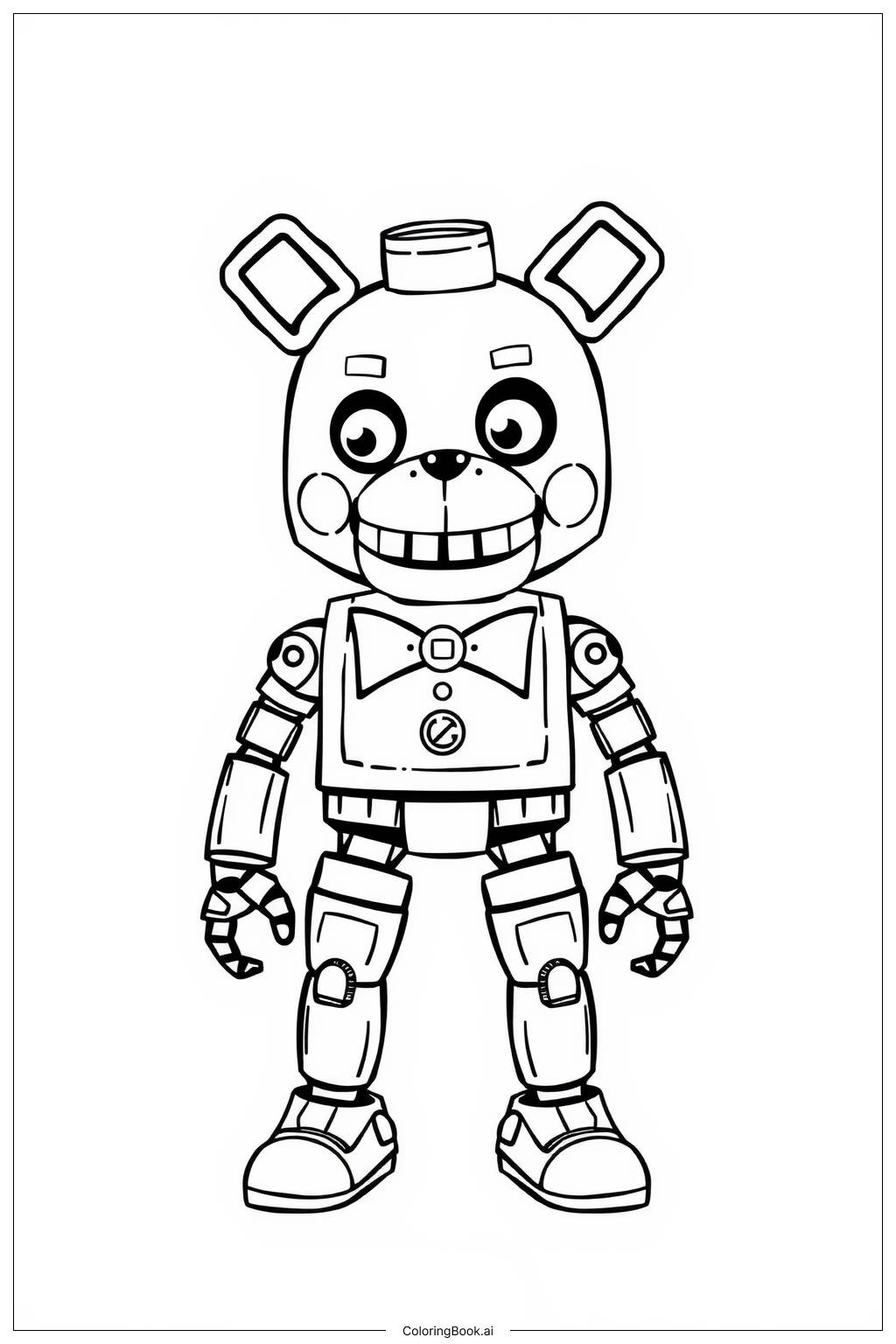Coloring tips: How to color Spiders coloring page well?
Use shades of green, brown, or gray to color the dinosaur’s body for a realistic look. You can add darker colors for the shadows under the belly and tail to show depth. Bright colors like yellow or orange can be added to the eyes and inside the mouth to make it stand out. Try to color the teeth white or light gray to keep them sharp and clean looking. Remember to color the claws a darker shade to show their sharpness.
Coloring challenges: Which parts are difficult to color and need attention for Spiders coloring page?
1. The many sharp teeth require careful coloring to keep the edges neat and avoid coloring outside the lines. 2. The small claws on both the fingers and toes need precise coloring due to their tiny size. 3. The long tail and legs have curved lines that may be tricky to fill evenly with color. 4. Adding shadows or highlights to create a 3D effect may be challenging for beginners. 5. Keeping the dinosaur’s facial expression clear while coloring around the eyes and mouth can be difficult because of the small details.
Benefits of coloring books: Advantages of drawing Spiders coloring page
Coloring this dinosaur helps improve fine motor skills, especially because of the detailed teeth and claws. It encourages creativity in choosing colors, blending shades, and adding shadows. The image invites children to learn about dinosaurs in a fun way, increasing their interest in animals and prehistoric life. It also develops concentration and patience as they work to color inside the lines carefully.


